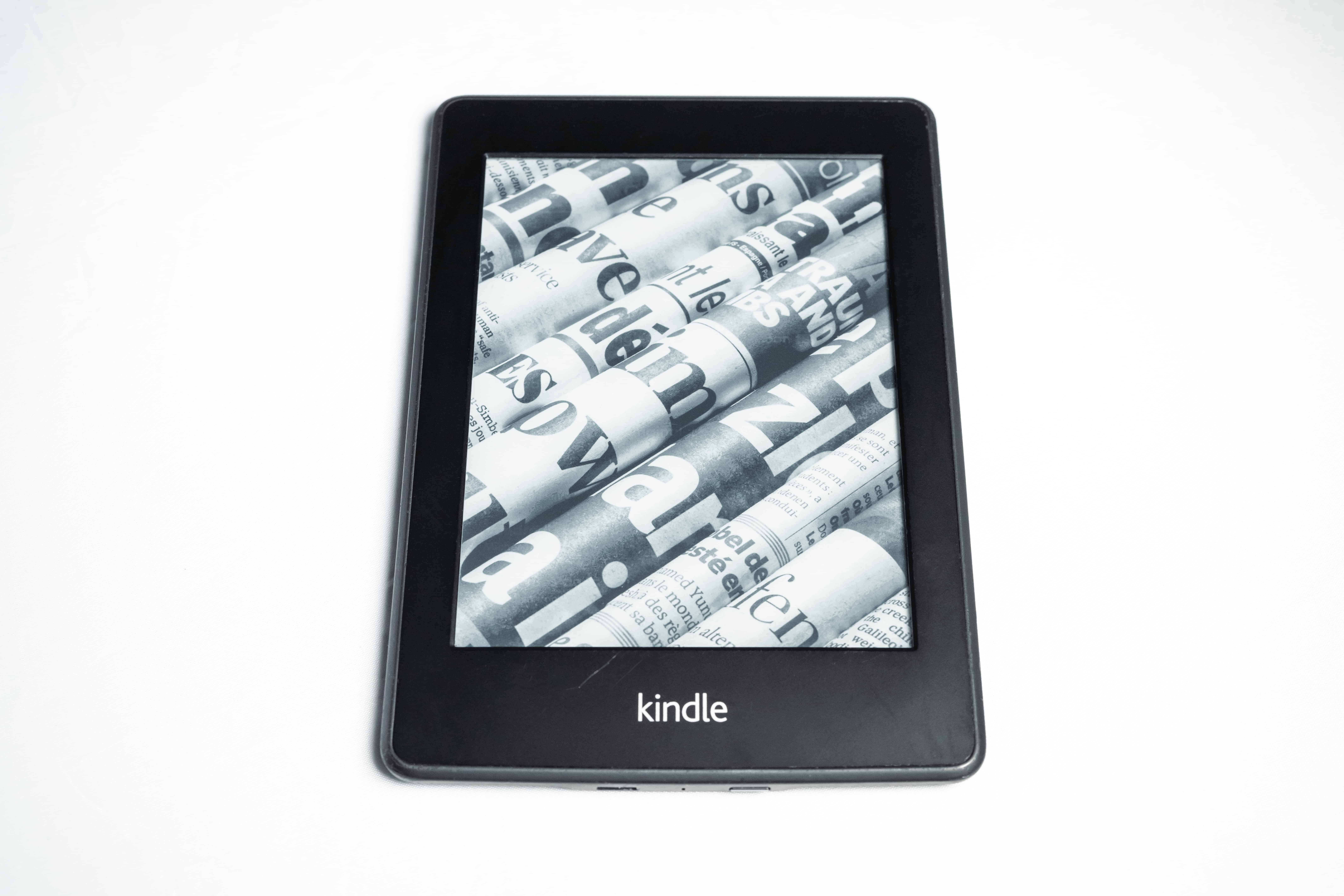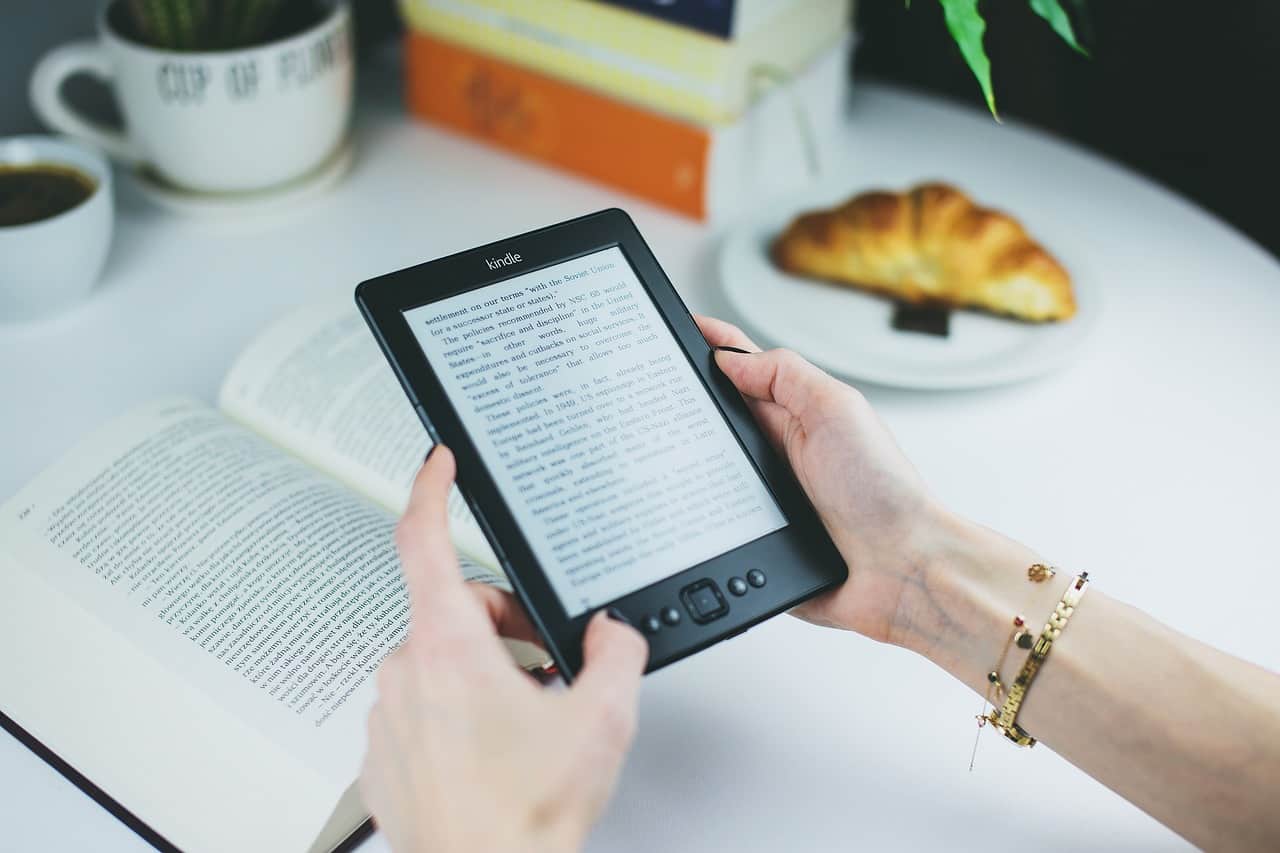The Apple Watch must be used with Apple’s most popular product, the iPhone. Without an iPhone, you won’t be able to set up an Apple Watch or enjoy its many capabilities and features.
Do Apple Watches drain iPhone battery?
The amount of battery that Apple Watches drain from your iPhone depends on how heavily you use it. If you use your Apple Watch for several hours daily to perform power-consuming tasks and functions, your iPhone battery will deplete significantly.
Many variables need to be considered when discussing the effect of using an Apple Watch on your iPhone’s battery. Certain apps and features use more power than others, so it may be easy to reduce the battery drainage on your iPhone by using your Apple Watch slightly differently.
In this guide, you’ll find the key information you need to maximize iPhone battery life when using your Apple Watch.

Do Apple Watches Drain iPhone Battery?
Although Apple has never confirmed or denied whether using the Apple Watch drains an iPhone battery, a quick internet search provides anecdotal evidence from users who have experienced this. It would make sense, seeing as the Apple Watch interacts with the iPhone in many ways.
An Apple Watch may seem like a standalone device, but it must be used with an iPhone to function most effectively. It wouldn’t be inaccurate to describe the Apple Watch as an extension of the iPhone, as most of its features and capabilities are linked.
As a result, when you use the Apple Watch for any purpose that requires it to interact with the iPhone. This includes making or answering calls, sending or receiving messages, streaming music, or gathering health and fitness data, and it will inevitably expend battery power from the smartphone.
Interestingly, many users report an initial period when they begin to use the Apple Watch during which they experience a significant reduction in their iPhone battery life. They then claim that after a month or two, the iPhone seems to regain its full battery capacity and isn’t significantly depleted by the Apple Watch.
Although this is merely speculation, one likely reason is that when the Apple Watch and iPhone are first connected, the transfer of data and information between the two devices is at its highest.
Then, once the initial data and statistics have been established, the Apple Watch doesn’t need to send as much information to the iPhone, which could potentially lead to less battery being used.
Whether this is the case or not, one thing is certain – you will experience iPhone battery usage when you connect an Apple Watch to the device.
If you’re still wondering what exactly is draining the battery of your iPhone, here’s a YouTube video to watch:
How Do I Stop Apple Watch from Draining My Battery?
Although at least a small amount of battery will inevitably be drained from your iPhone when you use an Apple Watch, there are several things you can do to minimize this.
Firstly, you need to check which apps are draining the most battery. You might find that some of these apps are being used in the background or that you need to limit their use on your Apple Watch or iPhone.
- Open Settings > Battery
- Underneath “Battey Usage,” tap “Last 24 Hours”
- Take note of the apps using the most battery
If the apps that are using a lot of battery are linked to your Apple Watch, then you need to either limit how often you use them or change their settings so that they are not performing background processes that could be too taxing on your battery.
Closing unused apps on your iPhone and Apple Watch is an excellent way to prevent unnecessary battery use. If multiple apps are open in the background, this may cause the battery to drain more quickly on both devices.
Another obvious but effective way to minimize battery usage is to turn off cellular data when you don’t need to use it. The cellular features of the Apple Watch extend from the cellular features of the iPhone, and therefore this may be using a significant amount of power.
Disconnecting your Apple Watch and iPhone from Wi-Fi and Bluetooth when not required could also help preserve battery life on both devices.
The more you use your Apple Watch together with your iPhone, the more battery life it will drain. It’s easy to slip into the habit of using the devices when not necessary, so trying to be conscious of how often you use them will help the battery last longer.
If My Phone Dies Will My Apple Watch Still Work?
iPhones are integral to the functionality of Apple Watches, particularly when initially setting up the device. Whether you use a GPS-only model or a GPS and cellular Apple Watch, you need to link it to an iPhone.
This dependence on the iPhone leads to Apple Watch users wondering whether they must always have their smartphone with them and turned on. Will the Apple Watch not work if your iPhone runs out of battery?
Thankfully, the Apple Watch can still function even if your iPhone dies. Some of the features will be limited, but you can still perform all of the main functions on the device.
If you have an Apple Watch with cellular, you can still do the following even if your iPhone dies:
- Make and receive phone calls
- Send and receive text messages
- Send and receive iMessages
- Stream music or podcasts
- Use Apple Pay
- Use Maps
- Use Apple’s fitness and health-related apps
- Access saved photos
- WHY APPLE WATCH SERIES 8 — Your essential companion for a healthy life is now even more powerful. Advanced sensors provide insights to help you better understand your health. New safety features can get you help when you need it. The bright, Always-On Retina display is easy to read, even when your wrist is down.
Even if you don’t have a cellular plan set up with your Apple Watch, you will still be able to perform most of these tasks, barring those that require a connection to a mobile network.
If you can connect your Apple Watch to Wi-Fi, you will be able to do everything that you could do with your iPhone. Therefore, having a charged iPhone is not essential when using your Apple Watch.
Is It OK To Wear Apple Watch While Sleeping? (Will It Drain Battery)
For some people, wearing an Apple Watch in bed is too uncomfortable. Others don’t mind having a watch on their wrist while they sleep.
Along with the issue of comfort, Apple Watch users may be concerned that wearing the device while sleeping may cause its battery to drain or the battery of their iPhone to be drained when they awaken.
There’s bound to be some battery usage when you have the Apple Watch around your wrist, mainly if the device is online. It will constantly gather data and process information, such as your heart rate, temperature, etc.
If your Apple Watch has cellular capabilities turned on, it could also be receiving messages during the night. This won’t drain much battery, but it will certainly use some.
The amount of battery drained by wearing an Apple Watch while sleeping depends on which apps are running and whether the device is connected to Wi-Fi, Bluetooth, or your mobile network.
An Apple Watch online is guaranteed to use more battery when worn while you sleep than one with Wi-Fi and cellular turned off.
Likewise, suppose your Apple Watch is connected to your iPhone via Bluetooth. In that case, the two devices will send and receive information from one another, which will also tax the battery life.
Related Questions
Does turning off Apple Watch save battery?
Turning off the Apple Watch when not using it may not save you much battery, as it requires a lot of power to turn back on. A more effective method would be to disable the “always-on” display option so that the watch is awakened when you raise it. “Always On” can be found in your Watch app’s “Display & Brightness” settings.
Should you charge your Apple Watch every night?
Charging your Apple Watch every night won’t damage the device’s battery. You should simply charge the device whenever the battery gets below 20%, which may be every night if you use it daily.
How long does an Apple Watch battery last?
The Apple Watch battery, if charged and drained consistently, will last for around three years. This period will vary depending on how heavily you use the device and the conditions it is kept in.

![Apple Watch Series 8 [GPS 45mm] Smart Watch w/ Midnight Aluminum Case with Midnight Sport Band – M/L. Fitness Tracker, Blood Oxygen & ECG Apps, Always-On Retina Display, Water Resistant](https://m.media-amazon.com/images/I/41lez0Kg9jL._SL500_.jpg)

